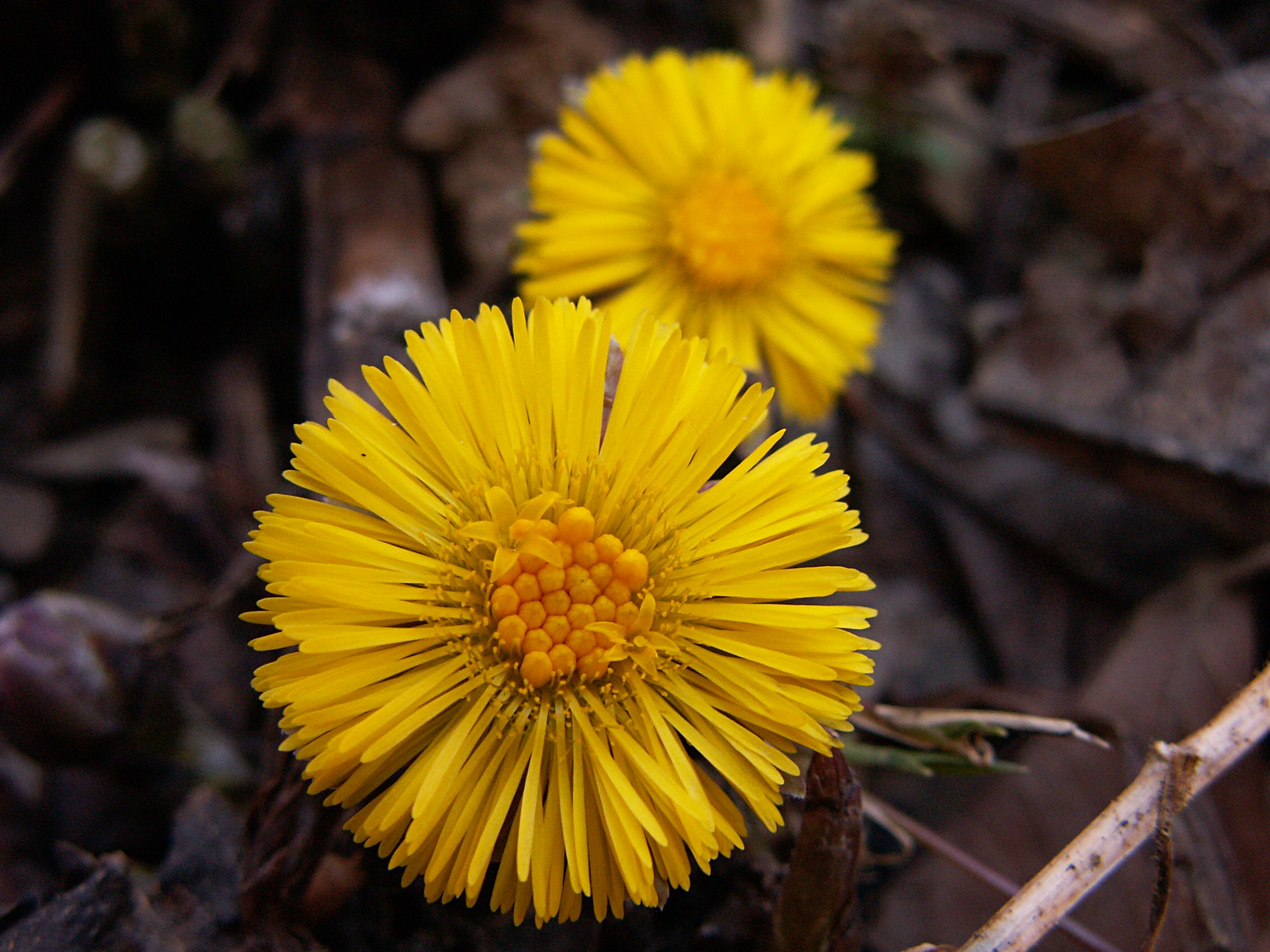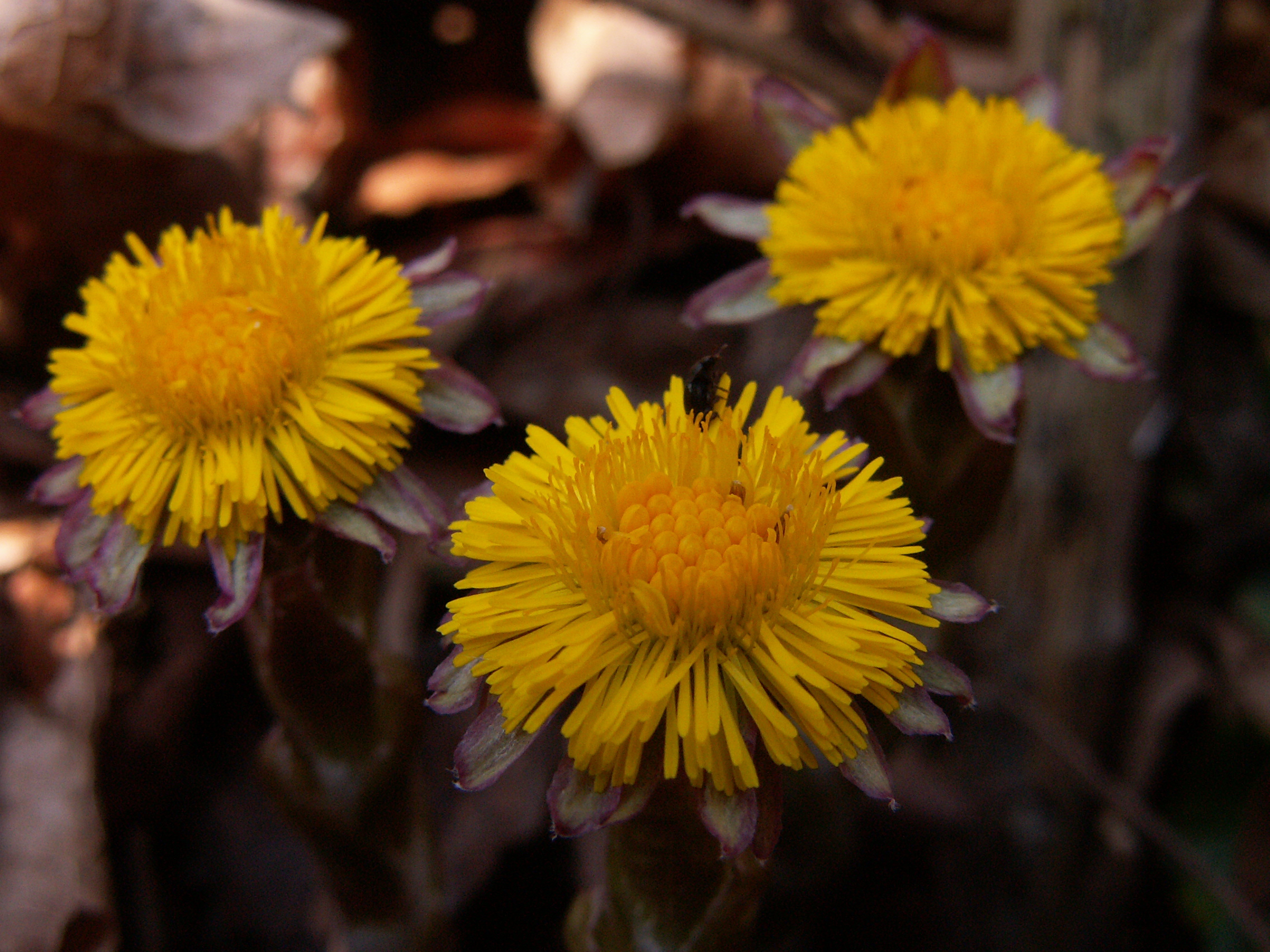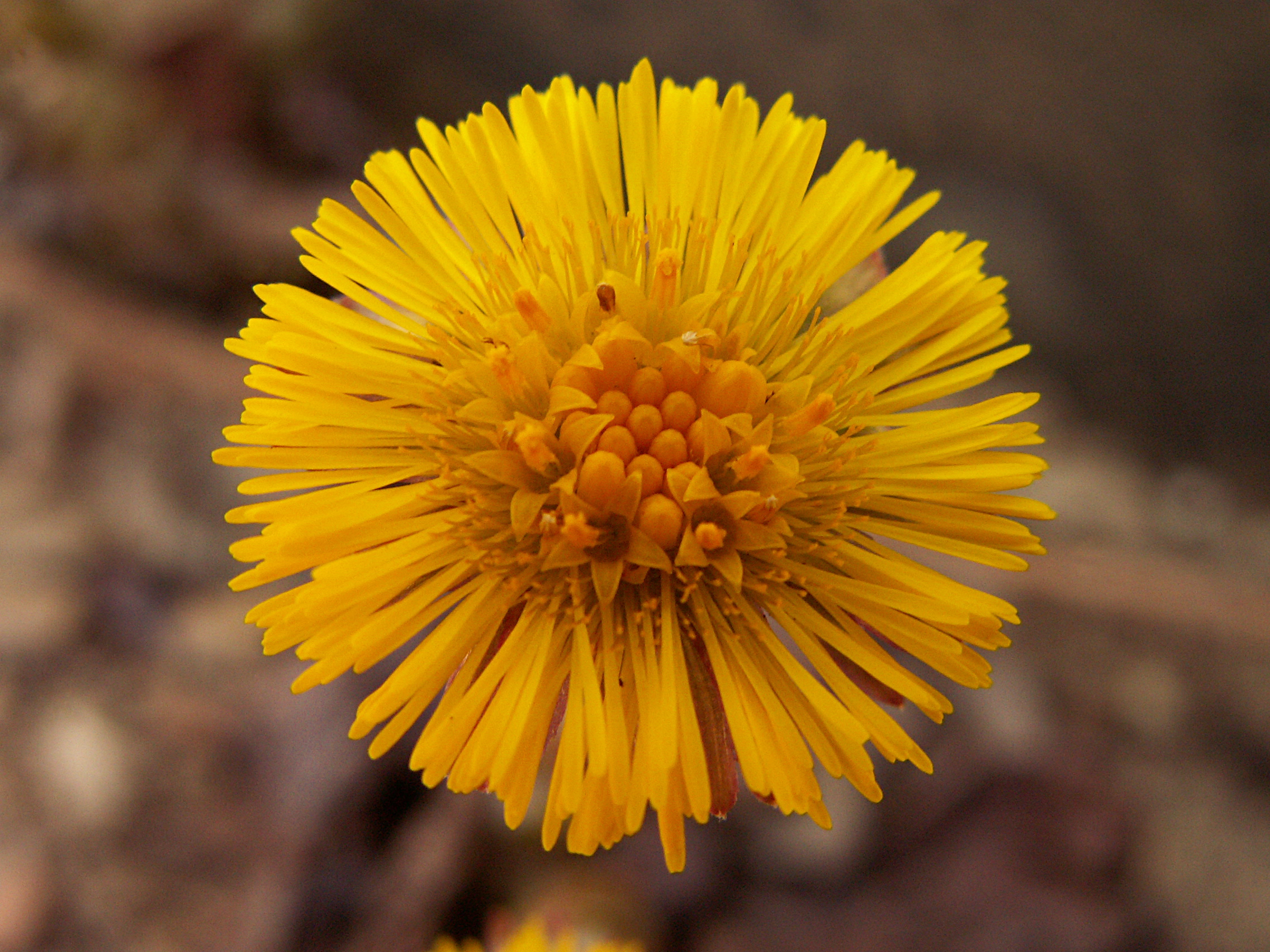 These cheery little flowers pop up at about the same time as the Coltsfoots; this plant was a late-bloomer in mid-April, when most of its neighbors had already finished blooming, beside a back road in Fox Chapel. The flowers open before the leaves are fully unfurled, so each flower stem is elegantly wrapped in a shell-like green leaf. The English and Latin names both come from the fact that the root is full of red juice.
These cheery little flowers pop up at about the same time as the Coltsfoots; this plant was a late-bloomer in mid-April, when most of its neighbors had already finished blooming, beside a back road in Fox Chapel. The flowers open before the leaves are fully unfurled, so each flower stem is elegantly wrapped in a shell-like green leaf. The English and Latin names both come from the fact that the root is full of red juice.
Gray describes the genus and the species:
SANGUINARIA [Dill.] L. BLOODROOT. Sepals 2. Petals 8-12, spatulate-oblong. Stamens about 24. Style short; stigma 2-grooved. Pod ellipsoid or fusiform, turgid, 1-celled, 2-valved. Seeds with a large crest. — Low perennial; its thick prostrate rootstocks (surcharged with red-orange acrid juice) sending up in earliest spring a palmate-lobed leaf and 1-flowered scape. Flower white, handsome, the bud erect, the petals not crumpled. (Name from the color of the juice.)
S. canadensis L. — Open rich woods; common. Apr., May.













